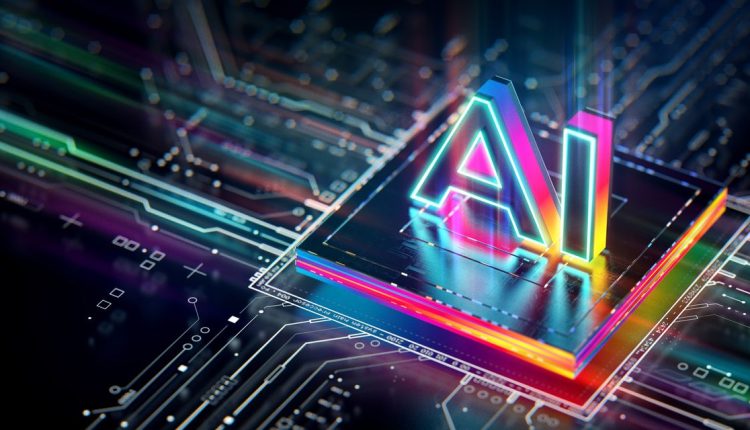For investors trying to play a gold rush, it’s important to look at who sells the picks and shovels to miners.
In the case of the artificial-intelligence revolution, Nvidia Corp.
NVDA,
has established itself as the biggest beneficiary of that gold rush, thanks to its valuable graphics processing units that accelerate machine learning and other processes that help train AI models.
But Nvidia likely won’t be the only provider of so-called picks and shovels as AI continues to gain steam. While chip makers such as Advanced Micro Devices Inc.
AMD,
and Intel Corp.
INTC,
will also get a bump, other beneficiaries “may emerge where not expected,” Bank of America analysts said in a Wednesday note to clients — and the “upside is unlikely to be fully priced in.”
In the case of Nvidia’s dominance in supplying GPUs to run large language models and power generative AI, the company’s customers — hyperscalers and cloud- service providers like Amazon.com Inc.
AMZN,
Microsoft Corp.
MSFT,
and Alphabet’s Inc.’s
GOOG,
GOOGL,
Google — need twice the power of traditional CPUs.
All that generative AI requires a lot of electricity and generates a lot of heat, even when the CPUs are designed with a lower power architecture, like that from Arm Holdings Ltd.
ARM,
which is used by Nvidia’s chips.
In fact, BofA analysts expect AI to become “the largest data-center growth opportunity since the cloud,” and a tailwind for “companies that produce data-center infrastructure like electrical and HVAC equipment, which represent 10%-15% and 5%-10% of data-center capex spending, respectively.”
BofA said pick-and-shovel companies expected to get a bump include buy-rated Eaton Corp.
ETN,
which generates about 9% of its revenue from data centers and about another 5% from distributed IT, and underperform-rated Vertiv Corp.
VRTV,
which gets about 70% of its revenue from data centers.
Data-center revenue is highest among HVAC players such as Johnson Controls International PLC.
JCI,
at 12% to 13% of revenue, BofA said, while Trane Technologies
TT,
and Carrier
CARR,
would “have relatively lower exposure.”
Data centers are also a key end market for Honeywell’s
HON,
Building Management Systems business, BofA noted.
Also, with generative AI services expected to keep growing as Microsoft incorporates the technology into its products, demand for cloud services should increase as Adobe Inc.
ADBE,
Meta Platforms Inc.
META,
and other companies add generative AI features.
But AI-driven services are also expensive to maintain, so software companies used to high margins could face a rude awakening.
Foundation models, which are the platforms upon which AI is built, are more expensive to run than traditional software-as-a-service platforms, so companies developing foundation models will carry higher costs and have lower margins. As a result, BofA said, AI companies frequently see gross margins of 50% to 60%, whereas average margins for SaaS companies are more in the 60% to 80% range.
Companies with the largest foundation models are Microsoft, Alphabet, Amazon, Nvidia, Meta and International Business Machines Inc.
IBM,
BofA said.
As with Microsoft’s multibillion-dollar backing of Open AI’s ChatGPT, tech giants are developing and training foundation models which are critical to AI, or investing in companies that are developing and building them, such as Stability AI, Hugging Face, Anthropic, Cohere, Inflection AI, Runway, Databricks and AI21 Labs.
Read the full article here

